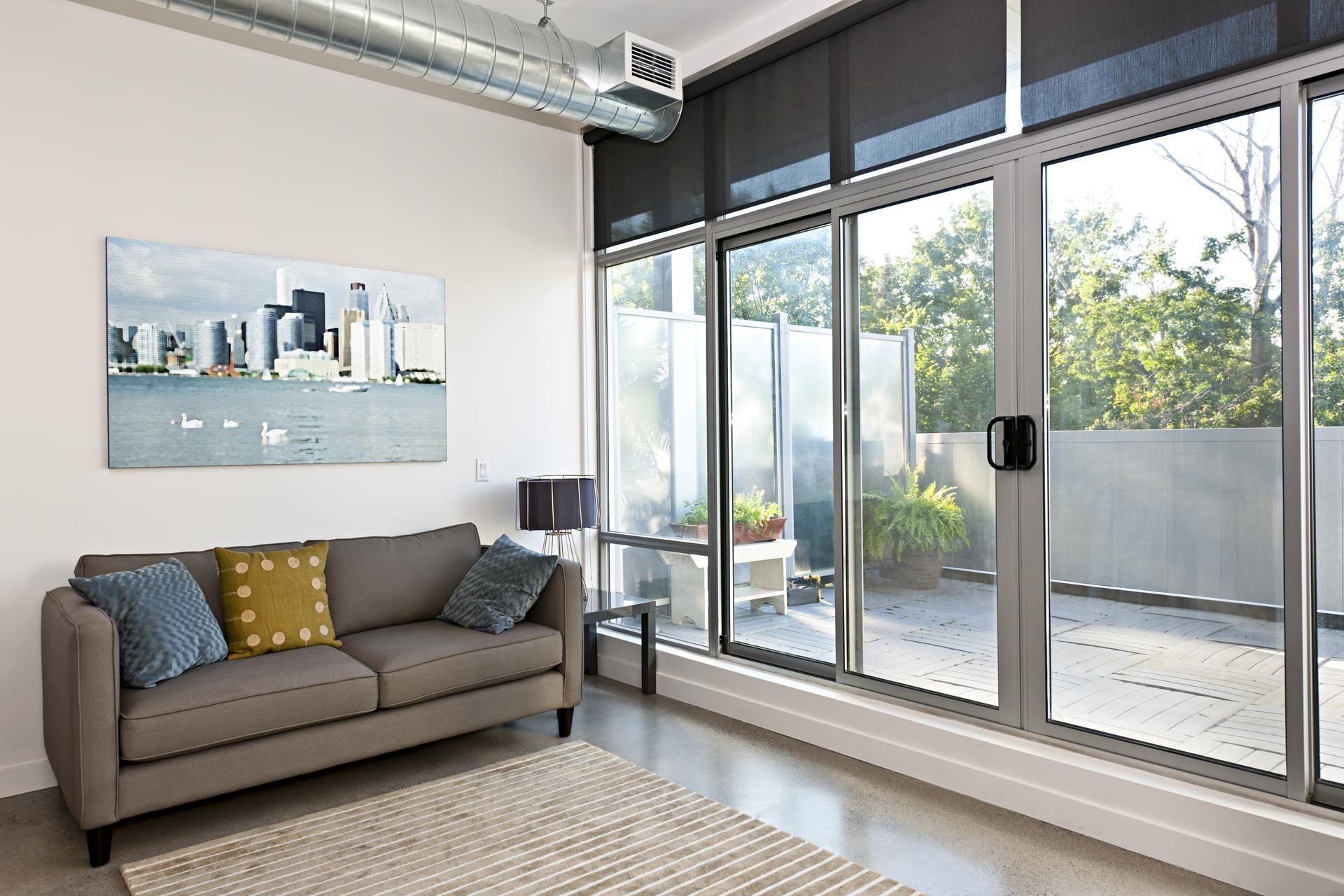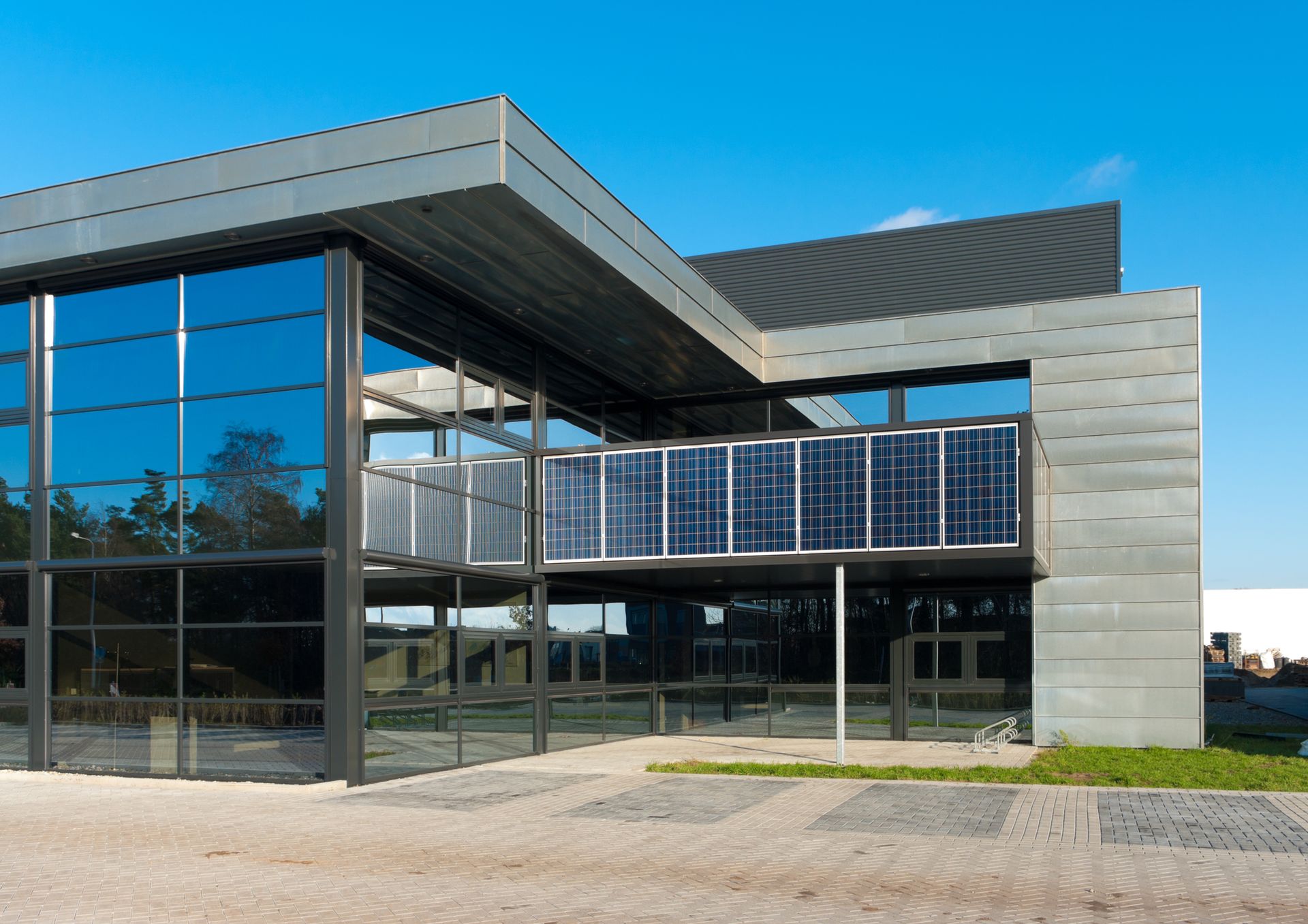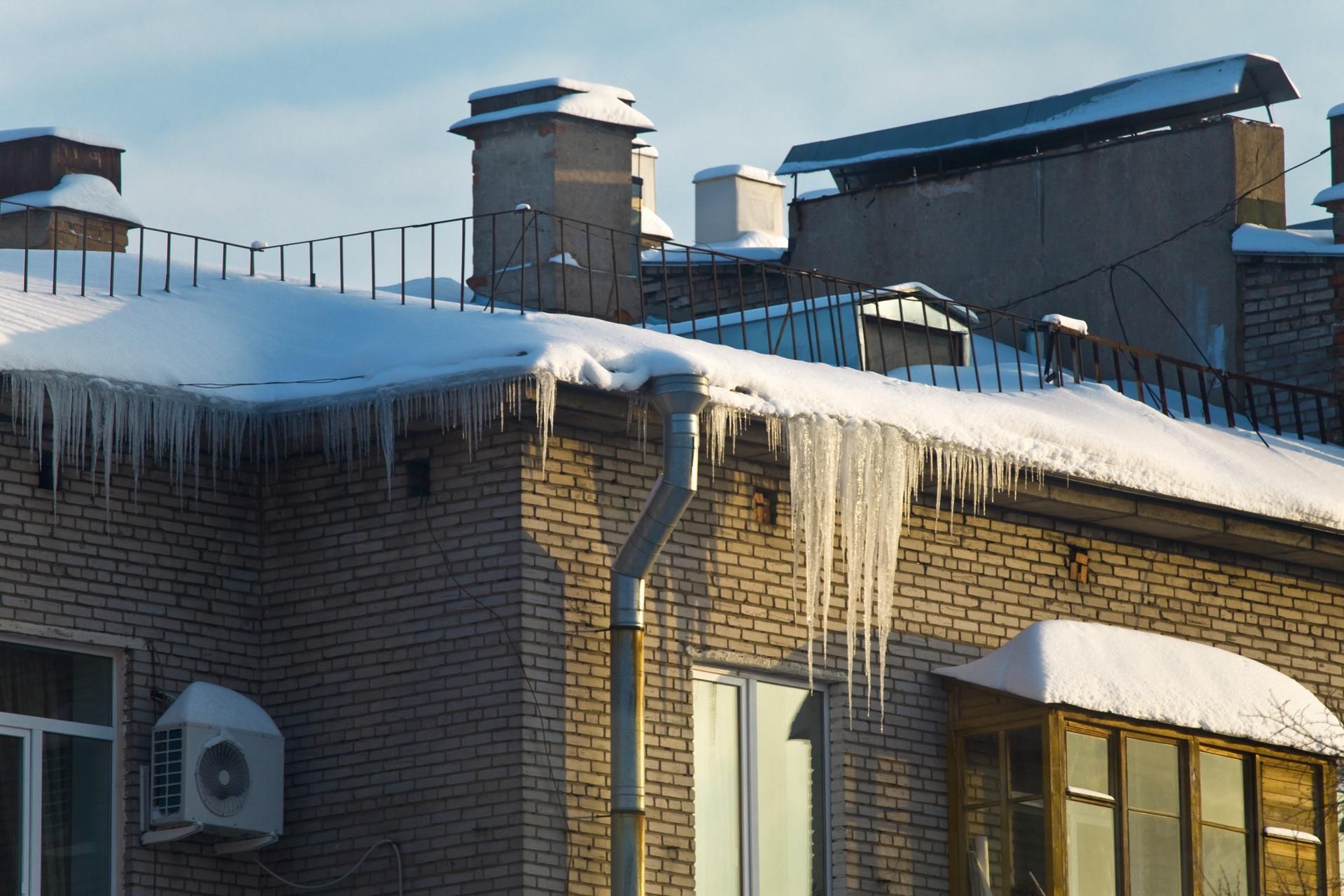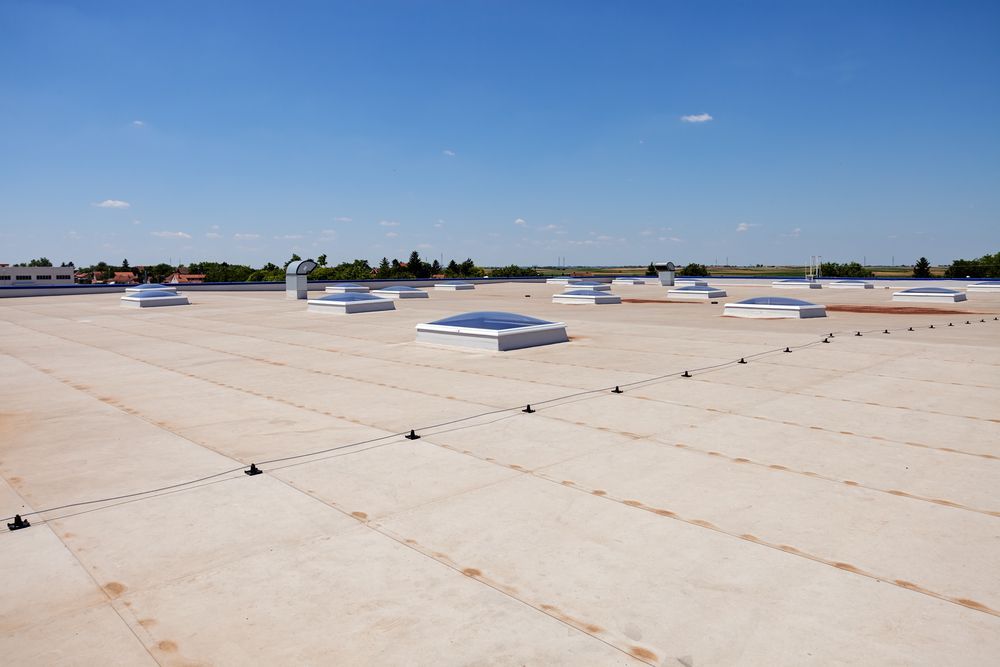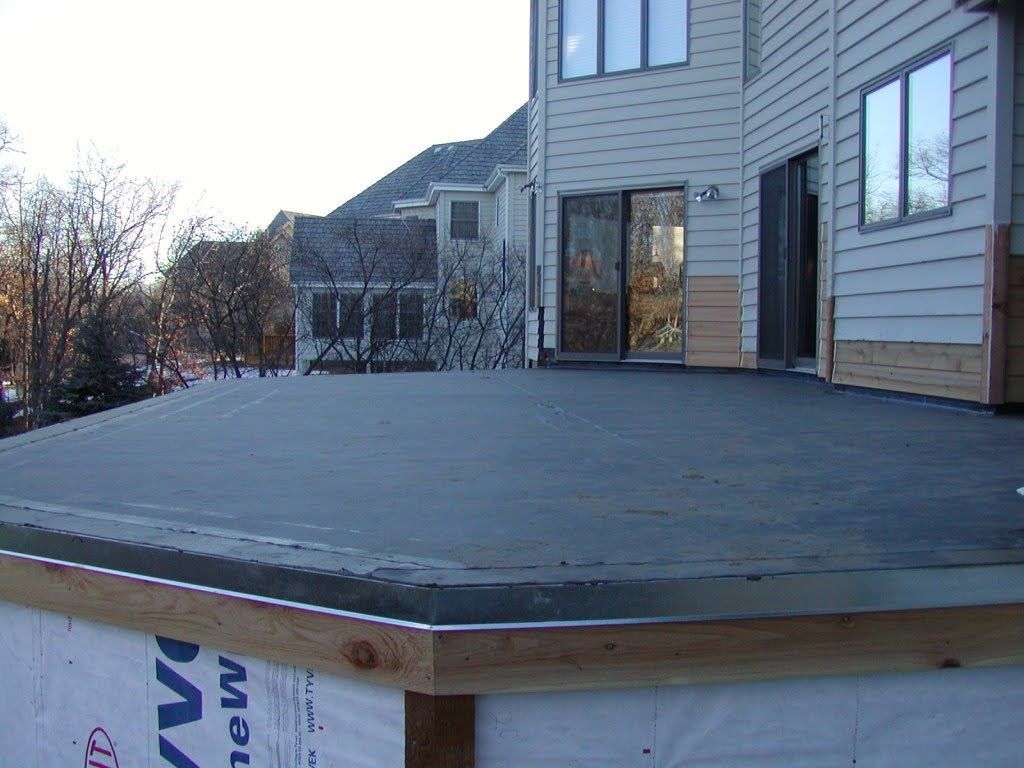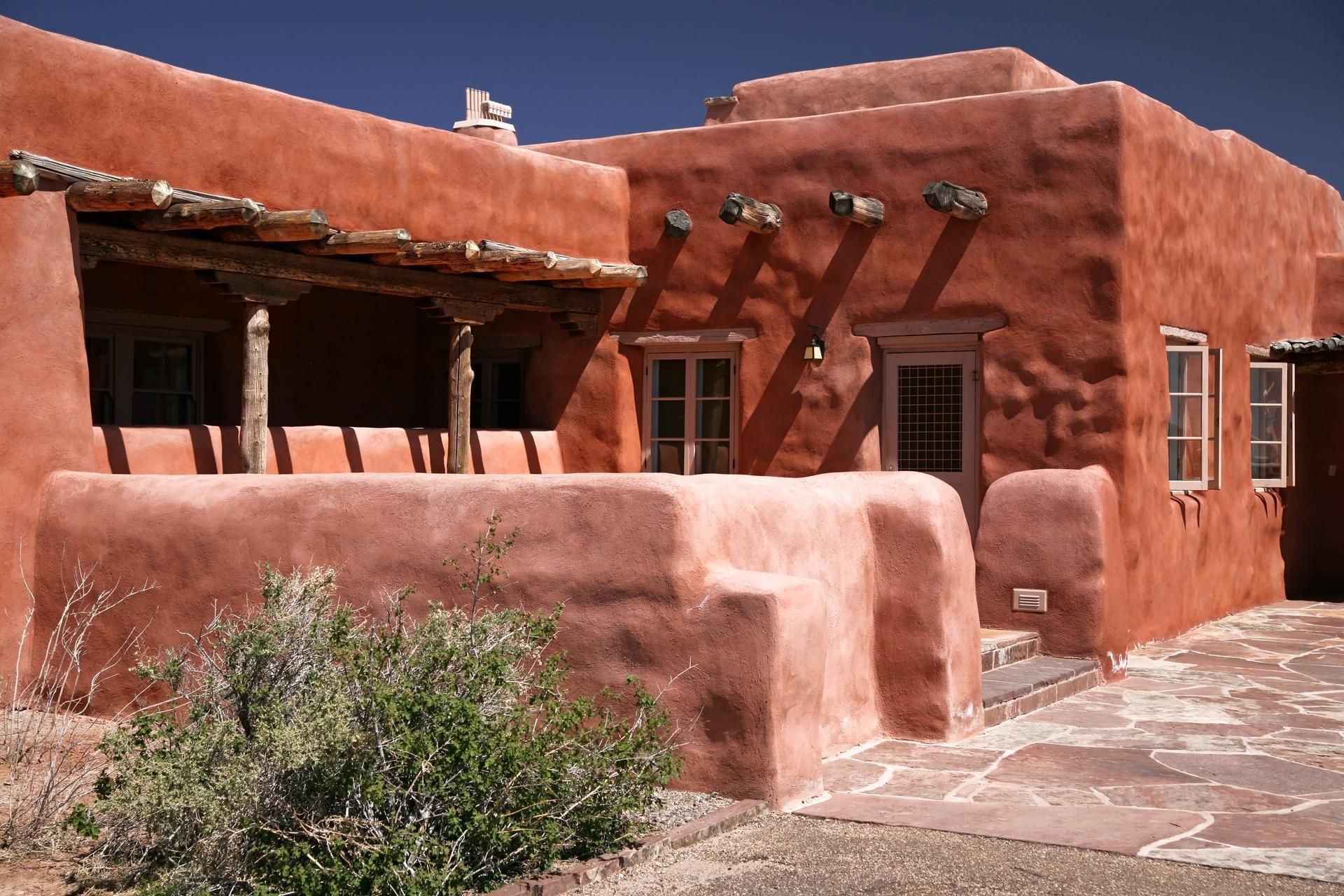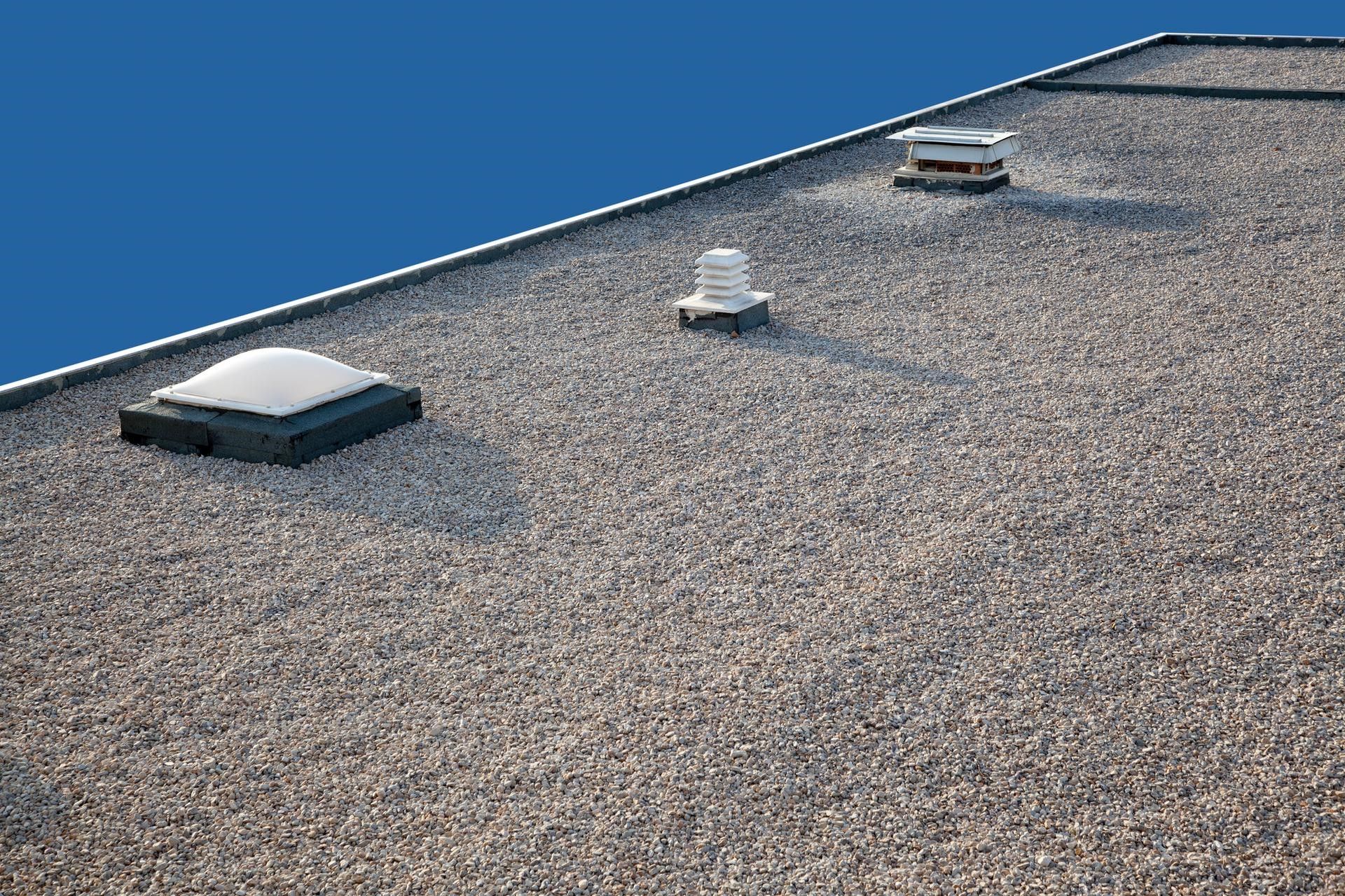NM License: 403611
Debunking the Common Flat Roof Myths
The demand for flat roofing solutions has constantly risen in recent years. This growth comes as more homeowners realize the limitless benefits of flat roofs, which include:
- A flat roof has great design flexibility.
- A flat roof increases usable space.
- A flat roof enhances energy efficiency.
- A flat roof is durable.
Despite the many benefits that flat roofs offer, many myths and misinformation surround this roof type. Unfortunately, the myths make it hard for property owners to decide if flat roofs suit them. This blog dispels some of the most common flat roof myths.
Flat Roofs Cannot Take Heavy Weight
Most individuals assume that flat roofs are not as strong as pitched roofs and that they cannot take heavy weights.
The truth is that flat roofs can take just as much weight as any other roof type. In fact, flat roofs can carry more weight than pitched roofs because they have a larger surface area, so they are prone to snow buildup. As a result, they are designed to bear this greater load.
However, you must invest in a quality flat roofing system to ensure that your roof can handle the weight. Like any other roof, if the material is inferior, your flat roof will wear due to heavy snow weight. Moreover, you should schedule regular flat roof maintenance to check for damages and perform necessary repairs.
Flat Roofs Are at a Higher Risk of Leaks
Since flat roofs have fewer drainage options than pitched roofs, property owners automatically assume that flat roofs are more susceptible to leaks. However, flat roofs only need proper installation and regular maintenance to serve you for the longest time without signs of leaks.
You can increase the roof's drainage with drains and scuppers if necessary. Also, clear your flat roof of debris. Debris can clog gutters and scuppers, which can lead to leaks. You should inspect your flat roof regularly for any damages. If you notice any leaks, contact a roofing professional to fix them as soon as possible.
Flat Roofs Cannot be Insulated for Energy Efficiency
Some people assume that since flat roofs don't have the same insulation capabilities as pitched roofs, then flat roofs are inefficient. But that's far from reality.
You have a range of options to increase the flat roof's efficiency, as follows.
Roof Insulation
One common flat roofing insulation method is installing insulation on the roof deck. You can do this step by using rigid foam boards, fiberglass batts, or spray foam.
Radiant Barrier
A radiant barrier is a reflective material that helps reflect heat away from the roof. In return, the material reduces heat transfer into your building during the hot season and reduces your energy bills.
These flat roof insulation methods can make your flat roof more energy-efficient so your HVAC doesn't need to work too hard to make your room comfortable and healthy.
All Flat Roofs Are the Same
There are numerous types of flat roofs, each with unique benefits. For example, built-up roofs (BURs) are one of the most popular flat roofing systems. BURs are made up of multiple layers of asphalt and gravel, which makes them very durable.
Another popular flat roofing system is single-ply roofs. Single-ply roofs feature a single layer of material, such as PVC or TPO. Again, consider the pros and cons of the different flat roofs before you select one that meets your needs and budget.
Flat roofs are an excellent option for your home, so don't let the myths stop you from considering them for your next roofing project. For all your flat roof installation and maintenance needs, don't hesitate to reach out to us at Flat Roofing Experts. We are certified and experienced, so quality is guaranteed.


